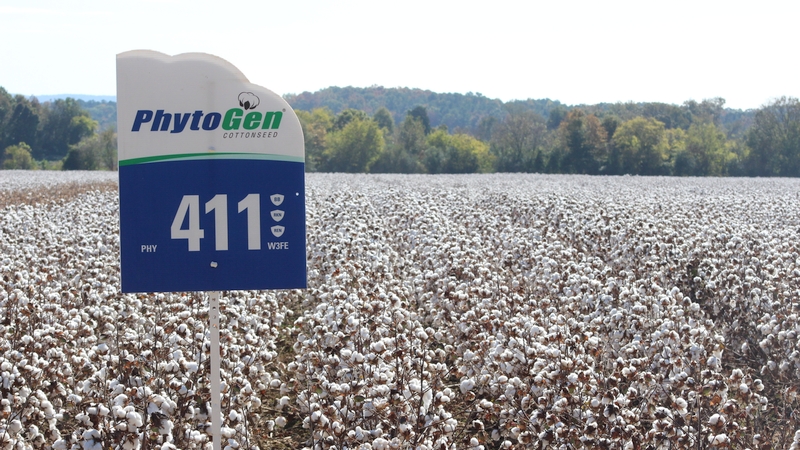Market Starting to Look a Bit Bullish
The ever-increasing tightness in the world supplies of high quality, machine-picked cotton noted last week gave the market a boost this week.
Just as important, speculative funds exited the market, thus creating a short covering rally that sent price higher early in the week. By week’s end, open interest began to rise as prices increased – a clear indication of new money buying the market. Rumors circulated all week that funds would move money from the equity market to commodities. We did not see much evidence of that.
Yet, the cotton market has moved to a technically bullish position, albeit not a strong bullish contender. After blowing through the 62.50 price resistance, basis the nearby December contract, the market is now stuck attempting to push through heavier resistance between 64 and 65 cents. That should take a bit of battering to complete, but the market is open up to 68 cents once that occurs.
We remain on the bullish side. Yet, another visit of the 61 cent level should not be ruled out. Of course, I have ruled that out three or four times, only to have suffered through each trip back down there. Nevertheless, in spite of the massive Chinese stocks, I still like a 70-cent trade. My suggestion that it would come on the December contract is now suspect. However, even with this week’s rally, cotton remains some five cents underpriced and will move higher.
The Chinese reserve stocks are well known to be of very questionable quality. Additionally, the stocks are now three to five years old and getting older. Couple that with the poor classing results of the current crop, and it is evident that the government will have to let mills come to the world market for quality.
Government policies continue to force the mills to purchase Chinese cotton. Yet, mills continue to be very reluctant buyers and further increase their purchases of imported yarn. Thus, the Chinese spinning industry continues to collapse.
Most cotton analysts are bemoaning the fact that Chinese imports of raw cotton are shrinking and the bearish picture this paints for cotton prices. Yet, neither does it matter where nor who does the spinning. As long as spinning is increasing, so is cotton consumption. It is one and the same.
Chinese yarn imports are at record levels almost month after month. Thus, world cotton consumption continues, with or without the Chinese imports of raw cotton. Therefore, do not be alarmed when reading that Chinese imports of cotton are shrinking. They are, and they will continue on that same path. Chinese production will decline along with Chinese consumption.
However, the Subcontinent and Southeast Asia will increase consumption more than enough to make up for the downfall in Chinese activity. Too, much of the increase will be done with Chinese investment funds as that money sees the trend – just as U.S. textile funds built the Mexican textile industry.
Initial reports from the Texas Rolling Plains have the crop picking a bit better than promised. That’s cotton. It has always promised less and given more than any other crop. The merchandising community has talked this crop up more than any I remember in the past. My international contacts continue to point out how low my crop estimate is, and that information can only come from the merchandising industry, as USDA also carries a relatively small crop.
Yet, the real issue is not production size, but quality. I am not changing my production estimate, except to lower it. Yet, let’s assume the crop is 100,000 to 300,000 bales higher (it is not), but even so, the availability of high quality cotton is becoming more in doubt. With two wet periods expected in Texas during the next ten days, quality becomes an even greater issue. It is quality, not size, now.
Continue to price cotton in the cash market, collect the LDP and look to purchase a 300 point out of the money May or July call option. The more aggressive price risk manager may want to sell either the 58-, 59- or 60-cent put to help reduce the premium cost of the call option. Personally, I like selling the 60-cent May or July put and buying the 68-cent May or July call. Use the same expiration month for the put and the call.
The only difference is a question of how long you are willing to carry the risk of being short a put, and the premium cost of a May call versus a July call.
However, if you are sitting on a recap sheet full of 31-3-36’s and better, then you may just wish to continue sitting. The buyers will come with hat in hand. In fact, the 31-3-35’s will show more promise this year than in the past due to the quality shortage.
A 34 staple length is just too short to hold.








